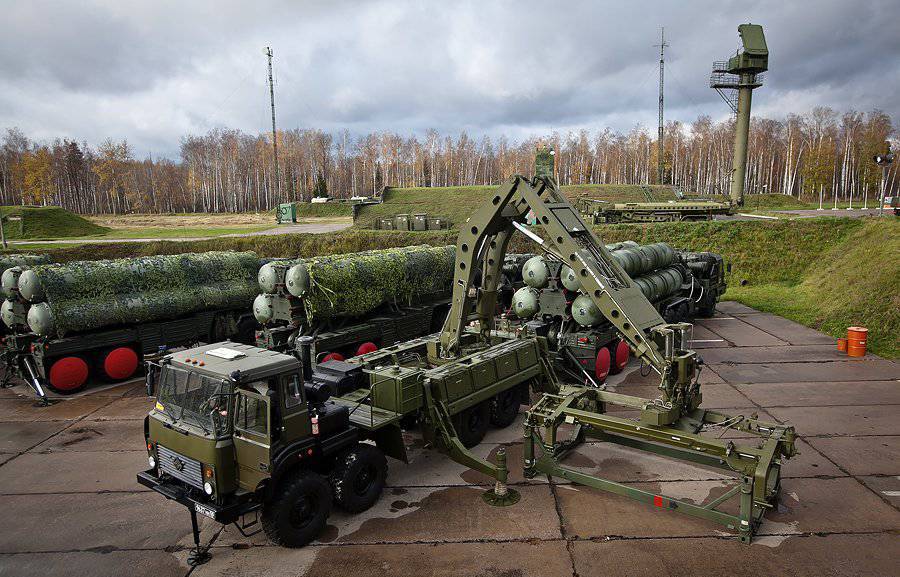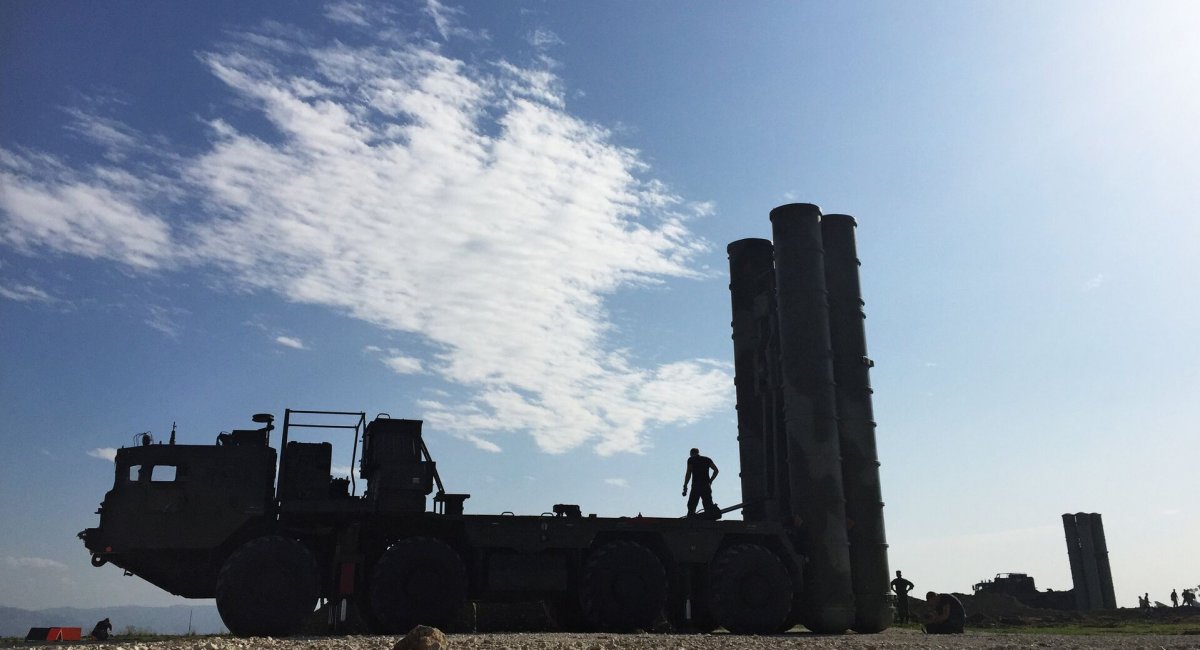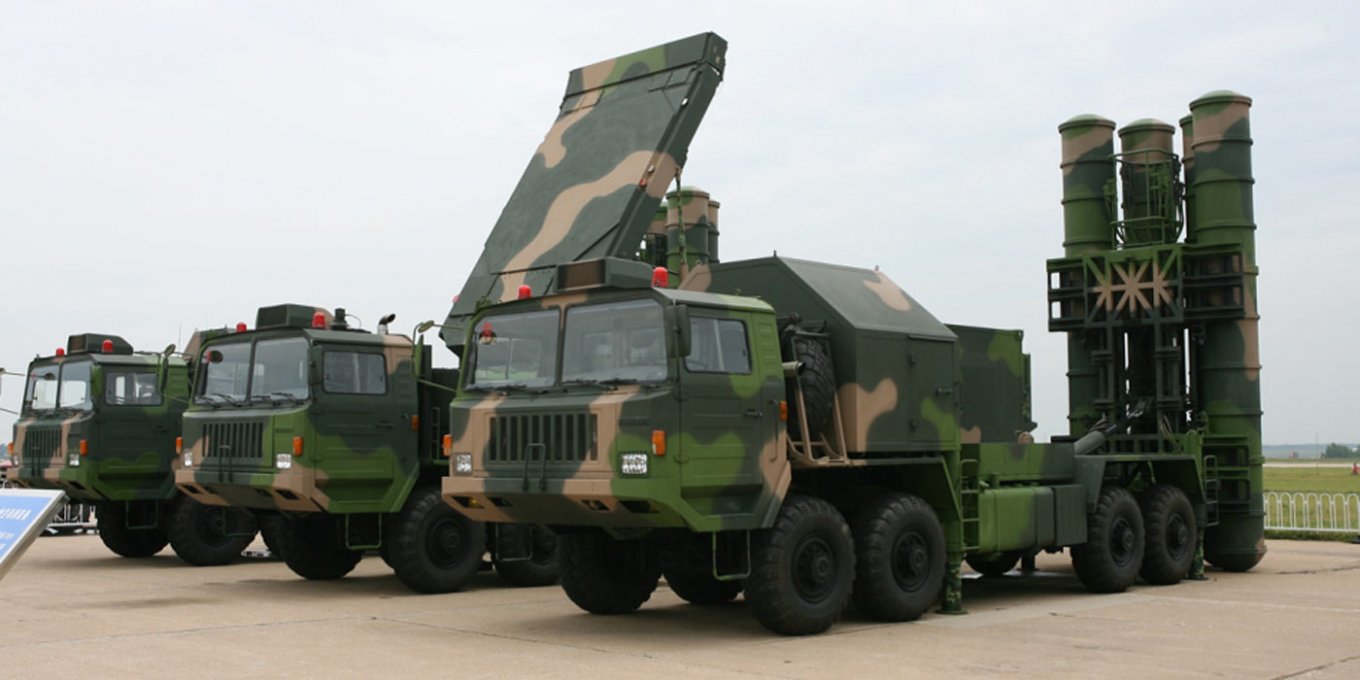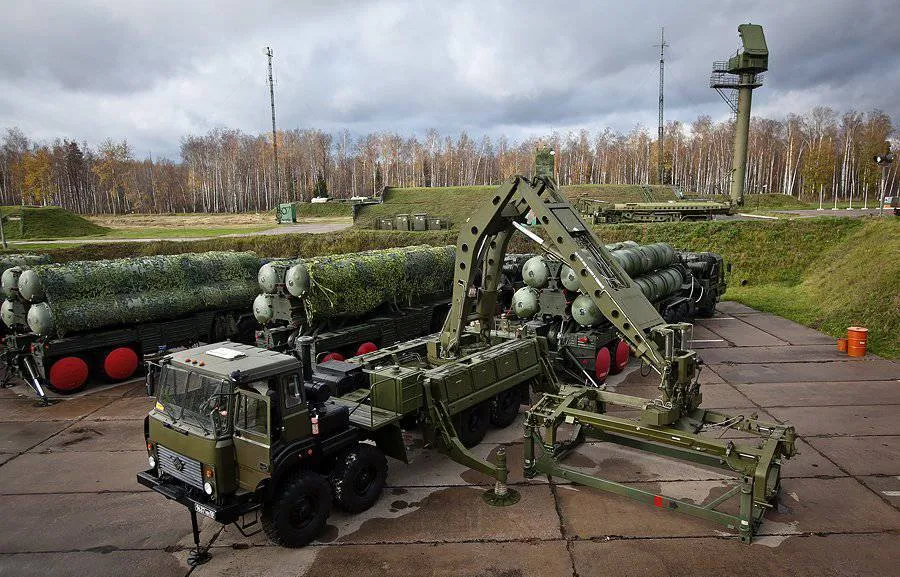India has approached russia with the intention of acquiring additional S-400 surface-to-air missile (SAM) systems. This move reportedly follows what India described as the successful use of the S-400 in repelling Pakistani air attacks during Operation Sindur—though, according to Pakistan, the reverse was true, with its forces successfully striking Indian S-400 assets.
The Indian outlet India Today first reported New Delhi’s interest in expanding its S-400 arsenal. Meanwhile, War News Hub notes that currently Pakistan’s losses during the recent air battle, the largest in the history of modern aviation with more than 130 aircraft involved, remain unverified. Unlike Pakistan, which has organized a press briefing and claimed the downing of one Indian MiG-29, one Su-30MKI, and three Rafale fighters, New Delhi hasn’t specified enemy losses or the actual role its S-400s played in the battle.

But an obituary for an Indian soldier who served in an S-400 regiment recently surfaced online suggests that Pakistani forces may have successfully targeted an Indian S-400 unit at an airbase near Adampur — an incident denied by the Indian government.
To date, India has received three regiment sets of S-400 systems — each consisting of two divisions, rather than the standard three per regiment. Two more batches are scheduled for delivery in 2026, even though the original $5.43 billion contract, signed in 2018, stipulated full delivery by 2023. Earlier, we discussed possible reasons for the delay, one being Chinese involvement.
In parallel, India announced in 2023 the launch of Project Kusha, a national program to develop an indigenous long-range SAM system. According to available information, the system is expected to include three types of missiles with ranges of 150, 250, and 350 km.
Essentially, it mirrors the russian approach to the S-400 missile range structure: the 9M96 (up to 135 km), 48N6DM (250 km), and 40N6 (380 km).

Initial deployment of Kusha is targeted for 2028–2029. Here War News Hub explained why achieving this timeline would be impossible without reverse engineering of existing S-400 systems and warned that Project Kusha might be just a cover to continue receiving russian technology, allowing it to circumvent international sanctions and import S-400s under the guise of domestic development.
On the other hand, if Kusha is indeed an independent initiative, it would signal a strategic shift away from reliance on russian systems in a similar way China did back in the 1990s, when it reverse-engineered the S-300 to develop its own SAM systems.

Still, given that India continues to receive S-400 systems openly — and is now seeking more — it seems unlikely that Project Kusha will proceed on schedule. Whether due to losses in recent combat, delays in domestic development, or strategic urgency, Delhi appears to be keeping its options open.

